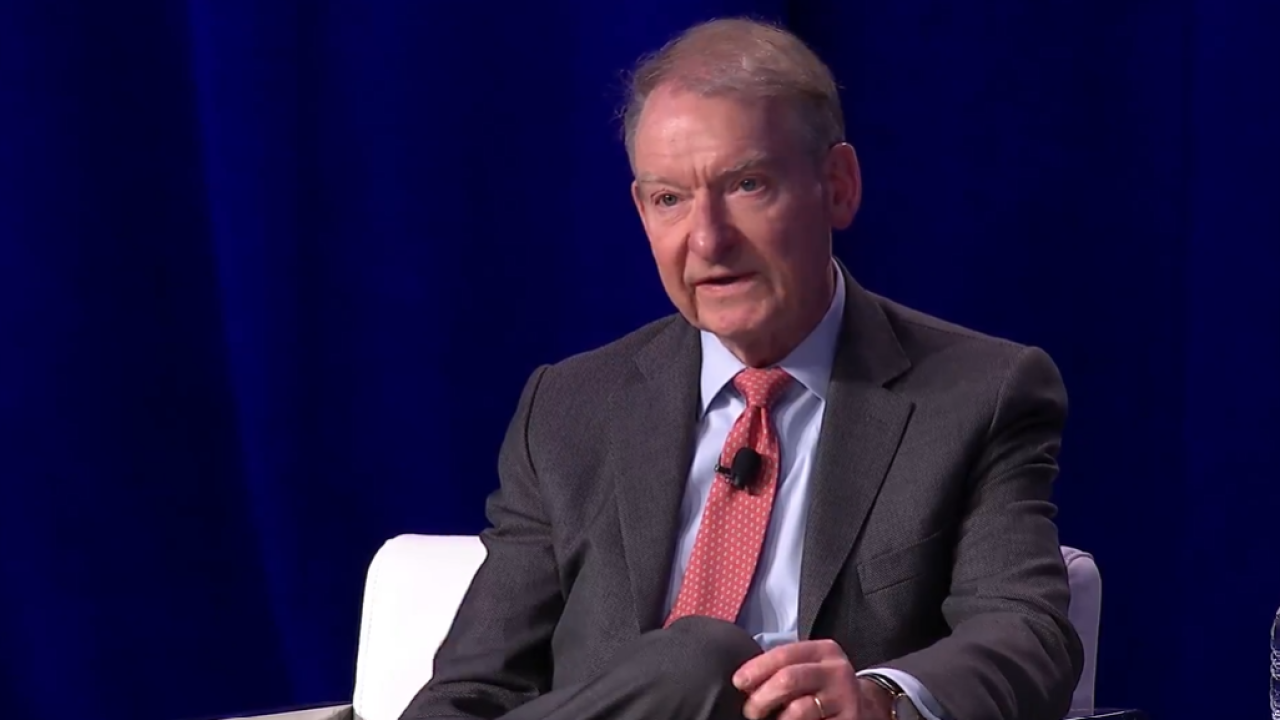Want unlimited access to top ideas and insights?
Elon Musk once wrote, "Possibly the most common error of a smart engineer is to optimize a thing that should not exist." So as a smart accounting firm, are you spending time getting more efficient at parts of your processes that you shouldn't even be using? For instance, you could be spending too much time trying to improve processes involving your team members, your operations, your client service, etc.
This model was revealed by Musk in an interview after he was asked whether the grid fins of his latest rocket design for SpaceX folded inward or outward. Musk explained that the fins didn't fold in, but then explained the five-step process that SpaceX uses to "apply rigorously" and which led to the grid fin decision.
Elon Musk's five-step design process
1. Make the requirements less dumb. Musk notes that "your requirements are definitely dumb; it does not matter who gave them to you." Musk uses this step to test assumptions, pointing out that requirements from a "smart person" are often the most dangerous since you might not question them enough.
2. Delete the part or process. "If you're not adding things back in at least 10% of the time, you're clearly not deleting enough." Musk suggests starting lean and building up when and if required, but warns that the bias will be to add things "in case." He goes further, arguing that each requirement or constraint must be accountable to a person, not to a department, because you can ask that person about its relevance and purpose, rather than having a requirement that nobody owns and persists for years despite being redundant.
3. Simplify or optimize the design. As mentioned earlier, Musk believes that the most common mistake that smart engineers make is to try optimizing something that should not exist. Instead, Musk emphasizes the importance of working through the first two steps before trying to optimize. He argues that each engineer needs to take a holistic view of the project, pointing to previous mistakes in which engineers had invested enormous resources into reducing the weight of the rocket's engine, but hadn't adequately addressed the equivalent problem of reducing payload weight.
4. Accelerate cycle time. Musk embraces the drive to go faster, but warns against pointing your efforts in the wrong direction, saying, "If you're digging your grave, don't dig faster." Only after the first three steps of his process are satisfied to ensure that you're moving faster in the right direction.
5. Automate. Musk warns against automating before the earlier points are addressed. He relates the story of streamlining a robotic process to build battery mats in the Tesla Model 3. He describes investing massive time and effort to automate and streamline that problematic process before he finally asked what the mat was for. He discovered that it had been created to reduce sound but was no longer required.
Which of the five steps above do you think your firm could focus on improving over the next 90 days? For instance, does your firm have requirements for your team (such as logging time) or for your clients (such as formatting documents a certain way) that seem kind of dumb when you step back and think about them? Just because "that's the way it's always been done" is not a good enough reason to keep doing things that way. See Step 1 above for more.
Which parts of your process can you eliminate if they're not absolutely necessary for your firm to function well? According to Musk, you should be adding critical things back into the process at least 10% of the time because you've made it so streamlined and efficient. If you're not, then chances are you're not deleting enough of the original process. See Step 2 above for more.
Next, ask your team which part of your process can be simplified if it can't be deleted entirely? Musk advocates always questioning the requirements that you are using. Are they really necessary to your firm's operations? If so, can they be simplified or stripped down? See Step 3 above for more.
His fourth step is to accelerate "cycle time." Cycle time is the amount of time a team spends actually working on producing an item, up until the time the product is ready for shipment. For CPAs, replace the word "product" with "deliverable" or "assignment" and I think you get the picture. We all want to get our work done faster, but Musk, a renowned speed demon who rarely sleeps more than four hours per night, warns against going lightning fast if you're putting all your energy in the wrong direction. He suggests not moving faster until you've satisfied the first three steps of his process to ensure that you and your team are moving faster in the right direction. I'm sure every CPA firm leader can relate to that. See Step 4 above for more.
Finally, Musk is a huge advocate of automating everything that can possibly be automated. Every CPA firm should be able to relate to this as well. Take a look at how many human hands are involved in your client onboarding, document delivery and tax return processes. Suppose those routine processes could be automated? How many hours of your team's time could be freed up for more impactful activities such as serving clients better and generating new business opportunities? See Step 5 above for more
Musk trusts his five-step guide to build incredibly complex rocket ships by removing unnecessary parts from the process. I'm sure you can apply this guide to your firm. What is your firm doing to jumpstart growth and provide higher value services to your clients? I'd





